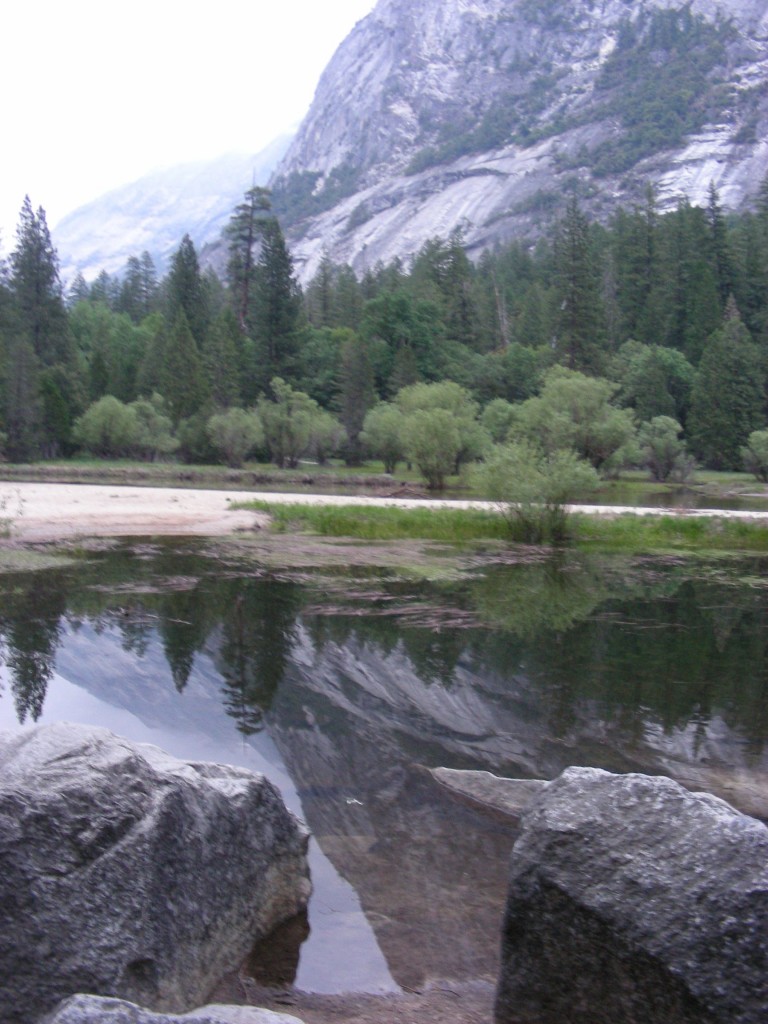
Where do I WANT to go?
NOT
Where am I going?
I’m remembering the quote I often tell students: “If you don’t know where you are going, any road will take you there.”
Back on July 1, I started to think about “managing” my online presence, i.e., putting some routine in place primarily to help me select where I wanted to make my Web contributions. So I wrote “How do you manage your Online Social Media presence?”
In essence, I was thinking aloud. What I accomplished — and, unfortunately, all I accomplished with that post — was to ask myself to set aside time in the morning to Go Online.
But I didn’t give myself a road map. Hence, “If you don’t know where you are going, any road will take you there.”
Road Map — by the numbers.
1) Step one on the road must be taking time to clarify Objectives. So I thought I’d imagine the possibilities:
a) Casual: Whenever . . . of course that’s not me. It’s really OK if that label describes you, someone who spends as little or as much time as happens to be there: checking out your Facebook page, email, Twitter account, etc. I.E., WHENEVER . . . [been there, done that]
b) Experimenter: We’re ALL experimenting here, and that is a good thing. But there’s a danger — lost opportunity and value when you never really “move off the dime.” Get out there and BUILD, don’t just keep trying new things. [been there, done that]
c) Reader: One of the greatest benefits of Twitter for me personally are all of the website references with Great Stuff. I could read and read and read. How many of us bookmark and bookmark and bookmark . . . and don’t even get to read? [been there, done that]
d) Novice Participant: Read some blogs that strike a chord and add your voice once or twice a week. Join some groups and occasionally check to see what group members are asking and answering. [been there, done that]
e) Active Contributor & Engager: This is who I WANT to be. And we all know that Today is the First Day of the Rest of Our Lives.
So what does an ACE [Active Contributor & Engager] do?
Here’s my new plan . . . and a new Number One since the Objective has been taken care of:
1) Make a list of WEEKLY goals {I believe I can hold to that) and check off my accomplishments EVERY Sunday night.
2) Prioritize those goals to make certain that the ones on the top of the list are done for sure.
3) Because my original intention, way back when I first posted on April 23, was To Become an A-List Blogger — and that continues to be my Long Term Goal — Blogging will be my top priority. One of my students got around to reading my blog last week — and liked it. He asked how often I write. My immediate answer to myself was NOT ENOUGH. So Priority Number One for me is to make certain FROM NOW ON to have 3-4 posts (or more) Every Week!
4) Next, because I really believe that Twitter will become all that its creators are envisioning, my goal will be 3-5 Tweets Every Single Day! I will continue to follow my own advice on What to Tweet.
5) Facebook is a HUGE priority, especially since my partner Les Ross and I are building our Social Media/Internet Marketing consulting business Performance Social Media, which recently set up a Fan Page. We’ll be including the opportunity for small and large companies to find social media interns through us, so I’ll be monitoring and updating both my Facebook Profile and my Facebook Page EVERY Day. That means NEW content on the Facebook page at least four days a week.
6) I may be running out of time for Daily Tasks, but I thinking checking in and updating LinkedIn is essential. So besides that commitment, I plan to contribute to at least two LinkedIn Group Discussions every week.
7) Finally, my new Road Map will highly suggest that I check out at least one New social media tool, strategy or app every week; by checking out, I do mean more than reading about it.
Good luck . . . to me . . . and everyone else out there who may want to follow my Road Map.
Let me know what you think?
Do these suggestions help you?
Do you have any others to suggest?
In the meantime, I’ll see you all “Out There.”
And, Jay [my student who asked about my blog], how’s this for a new post?
Next post: What I read Saturday instead of watching cartoons









 , April 23, 2009
, April 23, 2009